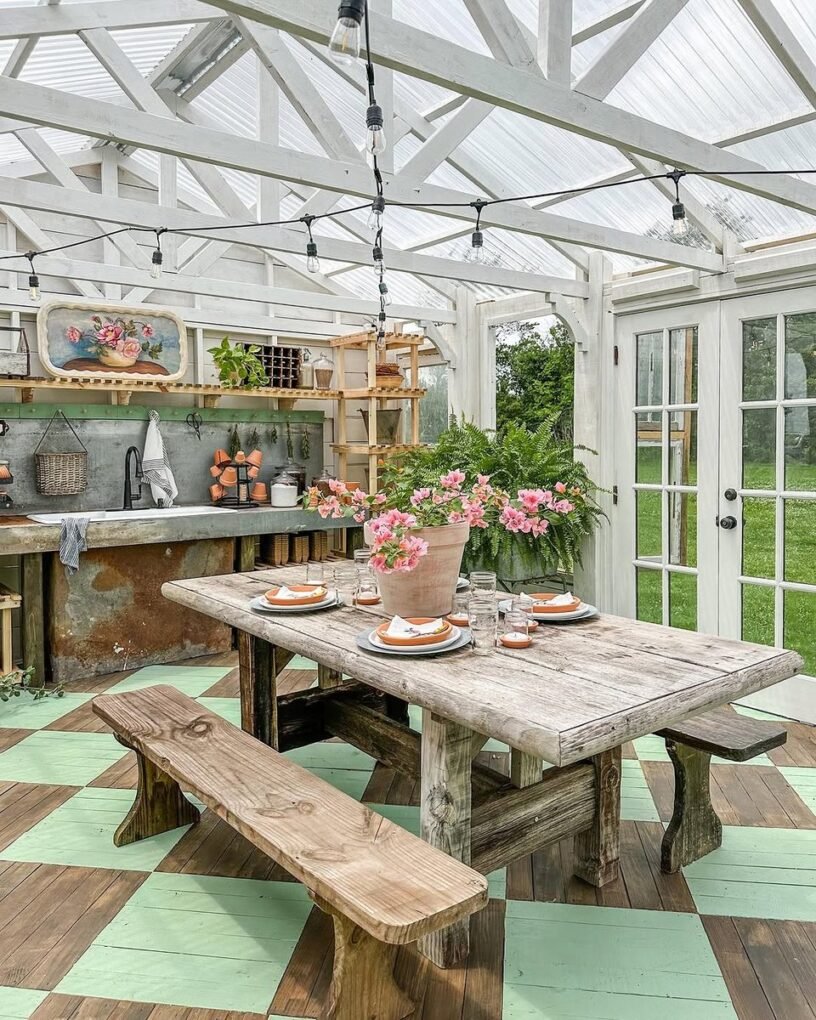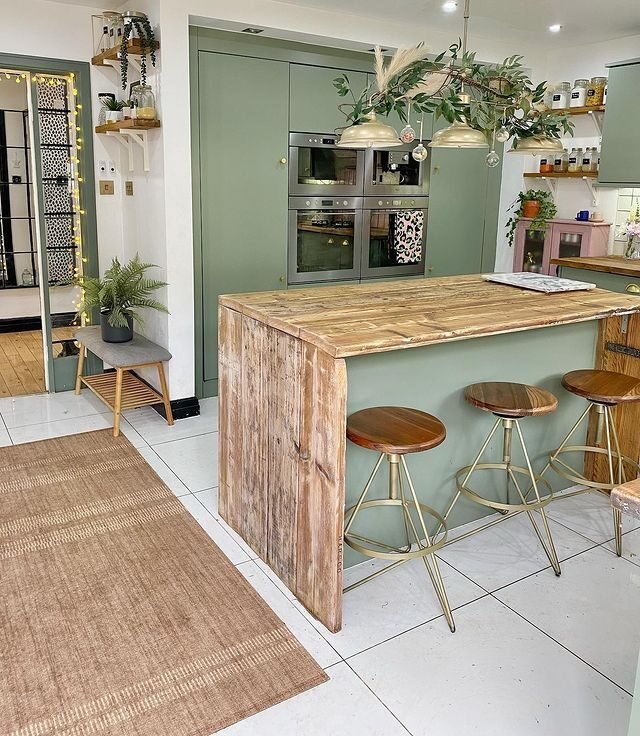Have you ever stopped to admire the native shade sails in your vicinity? Shade sails are a great method of combining design, innovation, and usefulness. What's more, with waterproof shade sails, you can go about your business in the rain or snow. A shade sail can turn your ordinary patio into a party venue or your quiet oasis.
Because of the perks and design freedom it provides, a shade sail is a fan favourite worldwide. But, when you think of these stunning constructions, you're left with many questions, including where to start. Here is a guide to understanding shade sails more:

What Size And Shape Would You Recommend?
Take measurements between the fastening points when determining the size of a shade sail. You should consider adding a post to serve as a backup if you just have one anchor point. After you've figured out your fixing locations, your playground is ready to experiment with various shade sail designs and sizes. Shade sails are available in multiple shapes, including rectangles, circles, squares, and triangles, to meet your aesthetic preferences. According to the size of the area to be shaded, you can either use a single large shade sail or a couple of small shade sails.
Is It True That They Are Completely Waterproof?
If you reside in a subtropical and tropical region of the world, waterproof or water-resistant shade sails are essential. The waterproofing ability of a shade sail is determined by the material you choose. Most low-cost shade sails are composed of polyethylene or high-density polyethylene (HDPE). They'd look like a decent fishnet and would let in more ventilation under the shade; but, they're not waterproof. If you require waterproofing, woven high-density PU coated shade cloth is the finest option. It shields you from the rain and protects you from harmful UV radiation by up to 97 per cent. Ensure that your shade sails are installed at a safe level of a 30-degree angle to prevent rainwater from collecting on the shade sail.
Will Shade Sails Be Able To Withstand Strong Winds?
Shade sails aren't designed to be used for windsurfing. It's not wise to keep your shade sails up when it's really windy, or there's a lot of rain. The grade of the fittings, the type of shade fabric, and the quality of the installation will determine how much air currents your shade sail can withstand. Your shade sail installation professional will walk you through the dos and don'ts. It's essential to keep in mind that when storing your shade sails, make sure they're totally dry to minimise water damage and microbial activity.
What Kinds of Accessories Are Required for Shade Sail Installation?
The shade sail setup firm usually provides all of the fixtures and equipment. However, it is always a great habit to keep an eye out and select the best fixtures and fittings since if any of these fittings fail, it is an imminent tragedy that might potentially put lives in danger. Carabiners for attachment, post or pole, pad eyes for wall fixtures, and turnbuckles to keep tension in the sails are among the typical fixtures and fittings. To guarantee that they won't fail under any load situations, all of these fittings should be manufactured of heavy-duty stainless steel.
Summing Up:
The waterproof shade sails are usually advised because you don't want any unwelcome showers to mar your day. When installing shade sails, make sure to select top-of-the-line fittings made of heavy-duty stainless steel for long-lasting and safe shade sails. To enhance the life of your shade sails, avoid exposing them to extreme weather. With all of the information above, erecting a nice and comfy shade sail will no longer be a challenging undertaking.




